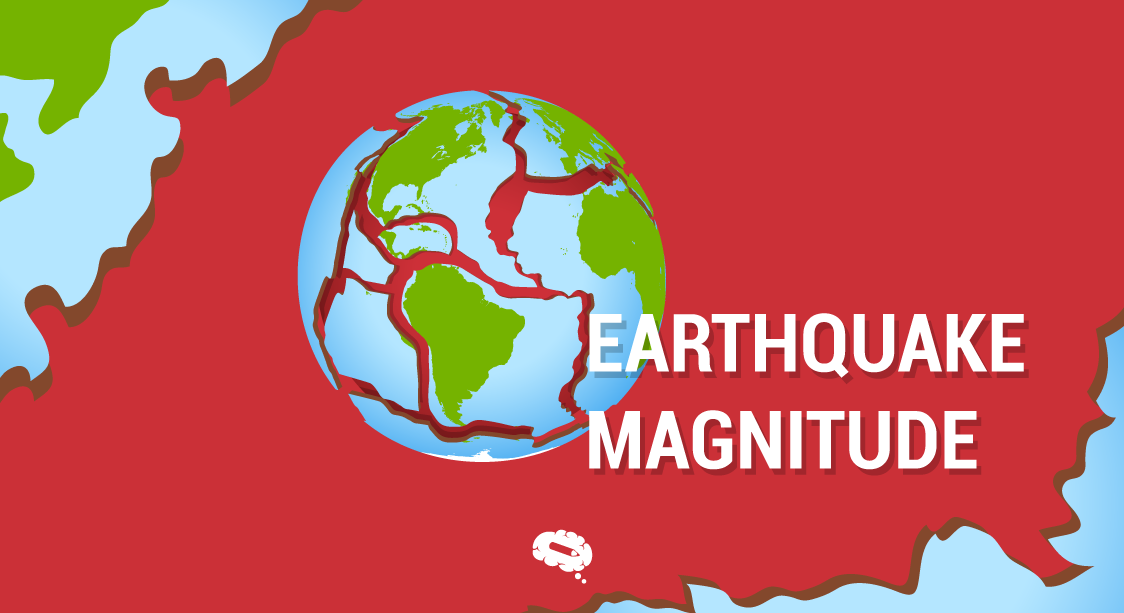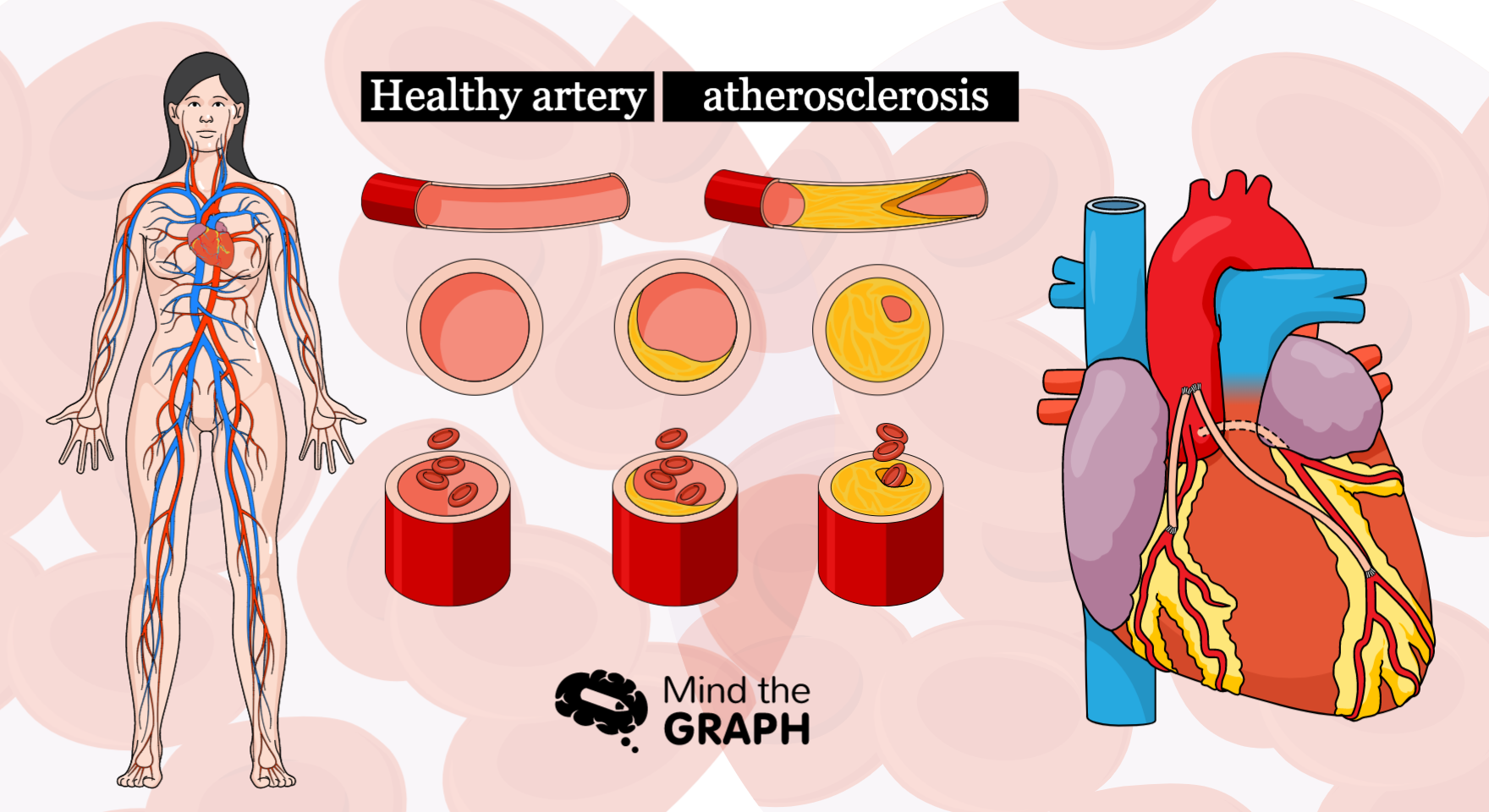Earthquakes are a widespread natural occurrence that takes place on a regular basis all around the world. According to the United States Geological Survey (USGS), hundreds of thousands of earthquakes occur each year, the majority of which are too weak to be noticed by people.
The frequency of earthquakes varies substantially depending on where they occur. Due to their placement on active plate borders, certain locations, such as California and Japan, experience regular earthquakes, whilst others may only experience sporadic earthquakes.
Syria and Turkey are also prone to earthquakes. Turkey is situated on the border of the African and Eurasian tectonic plates, whereas Syria is situated on the border of the African and Arabian tectonic plates.
That’s why they faced a horrible earthquake on February 6, 2023, and it killed over 11,000 people and wounded tens of thousands more. The earthquake’s magnitude reached 7.8, which is considered a very large and potentially destructive earthquake.
What is earthquake magnitude?
The magnitude of an earthquake is a measure of its size or strength that is used to represent the amount of energy generated by the earthquake. The magnitude is computed using the size of the seismic waves and the quantity of ground motion observed.
The Richter scale, created in the 1930s by Charles Richter, was the traditional measure of earthquake magnitude for many years, but currently, the Moment Magnitude Scale has essentially superseded it.
How to measure earthquake magnitude?
There are many methods for measuring the magnitude of an earthquake, and each approach delivers a different estimate of the earthquake’s size. The following are the most prevalent approaches:
The Richter Scale
The Richter magnitude scale is based on the biggest seismic wave recorded by a seismometer and offers a single value that describes the overall magnitude of the earthquake.
It is logarithmic, which implies that a little rise in magnitude results in a significant increase in earthquake size. A magnitude 7.0 earthquake, for example, is ten times greater than a magnitude 6.0 earthquake and one hundred times larger than a magnitude 5.0 earthquake.
The Richter magnitude scale ranges from 0 to 9, with numbers less than 2.0 usually not felt by people and numbers larger than 8.0 considered to be large earthquakes capable of causing extensive damage and disaster.
The Moment Magnitude Scale
The Moment Magnitude Scale was introduced as an alternative to the Richter magnitude scale for determining an earthquake’s magnitude. The Moment Magnitude Scale, as opposed to the Richter magnitude scale, estimates the overall energy generated by an earthquake.
It is based on the seismic moment concept, which is an earthquake magnitude based on the amount of slip (movement) on the fault, the area of the fault that has slid, and the stiffness of the Earth’s crust. The seismic moment is generated from seismic wave measurements and is used to assess the earthquake’s Moment Magnitude.
The Moment Magnitude Scale, like the Richter magnitude scale, is logarithmic, which implies that a little rise in magnitude equates to a huge increase in earthquake size.
The Moment Magnitude Scale ranges from -2.0 to 9.0 and it is the most frequently used earthquake magnitude scale as it measures the size of an earthquake more accurately than the Richter magnitude scale, especially for big earthquakes that occur at considerable depths.

The Mercalli Scale
The Mercalli Scale is an earthquake severity scale that depicts the impacts of an earthquake on the Earth’s crust as well as on individuals, buildings, and other structures. The Mercalli Scale is frequently used in combination with the Richter or Moment Magnitude Scale, which are used to determine the earthquake magnitude.
The scale is based on a Roman numeral system from I to XII, with I implying weak tremors that are not felt by people and XII indicating extremely heavy tremors that cause widespread damage and destruction. It considers the type of surface on which the earthquake happens, the type of structures affected, and the amount of destruction caused.
The Mercalli Scale and Moment Magnitude Scale or Richter scale when combined offer a more overall understanding of an earthquake, encompassing both its magnitude and impact.
For example, if an earthquake with a higher Moment Magnitude happens in a less populous location or if the ground is less susceptible to damage, it may not do as much damage as an earthquake with a lower Moment Magnitude in a highly populated region or if the ground is highly susceptible to damage, the damages in this situation may be greater.
That’s why combining the two scales can be the best approach since the Mercalli Scale is based on the observations of individuals who experienced the earthquake and reported the impacts they saw.
How to locate an earthquake epicenter?
Seismologists utilize a technique known as triangulation to determine the epicenter of an earthquake.
The underlying idea behind triangulation is that seismic waves from an earthquake travel at varying speeds through different materials, arriving at varying times at seismographic stations situated at different distances from the epicenter. Seismologists can estimate the position of the epicenter by studying the arrival timings of seismic waves at several seismographic locations.
Earthquake Intensity
| Magnitude | Intensity | Impact | The average rate of earthquakes |
|---|---|---|---|
| 2.0 or less | Micro | Rarely felt | Over millions a year |
| 2.0 to 2.9 | Minor | Slightly felt | Over one million per year |
| 3.0 to 3.9 | More than minor | Often felt | Over a hundred thousand per year |
| 4.0 to 4.9 | Light | Felt by most people | Over ten thousand per year |
| 5.0 to 5.9 | Moderate | Can damage poor structures | Over a thousand per year |
| 6.0 to 6.9 | Strong | Causes damage to moderate well-build structures | Over a hundred per year |
| 7.0 to 7.9 | Major | Causes damage to most buildings | Ten to twenty per year |
| 8.0 to 8.9 | Great | Major damage to buildings | One per year |
| 9.0 or more | Greatest | Can collapse all buildings | One every ten or more years |
We are specialized in graphical abstracts, science figures all curated by scientists
Graphical abstracts can assist scientists to convey complicated concepts, emphasizing key findings, increasing research discoverability, and promoting multidisciplinary work. Scientists may make their study more accessible and intelligible by employing graphical abstracts, which can assist progress in the area of science across the board.
If you need a simple tool to generate graphical abstracts, utilize Mind The Graph, a tool meant to be user-friendly, allowing anybody, even those with limited design abilities, to produce professional-quality graphics.

Subscribe to our newsletter
Exclusive high quality content about effective visual
communication in science.





